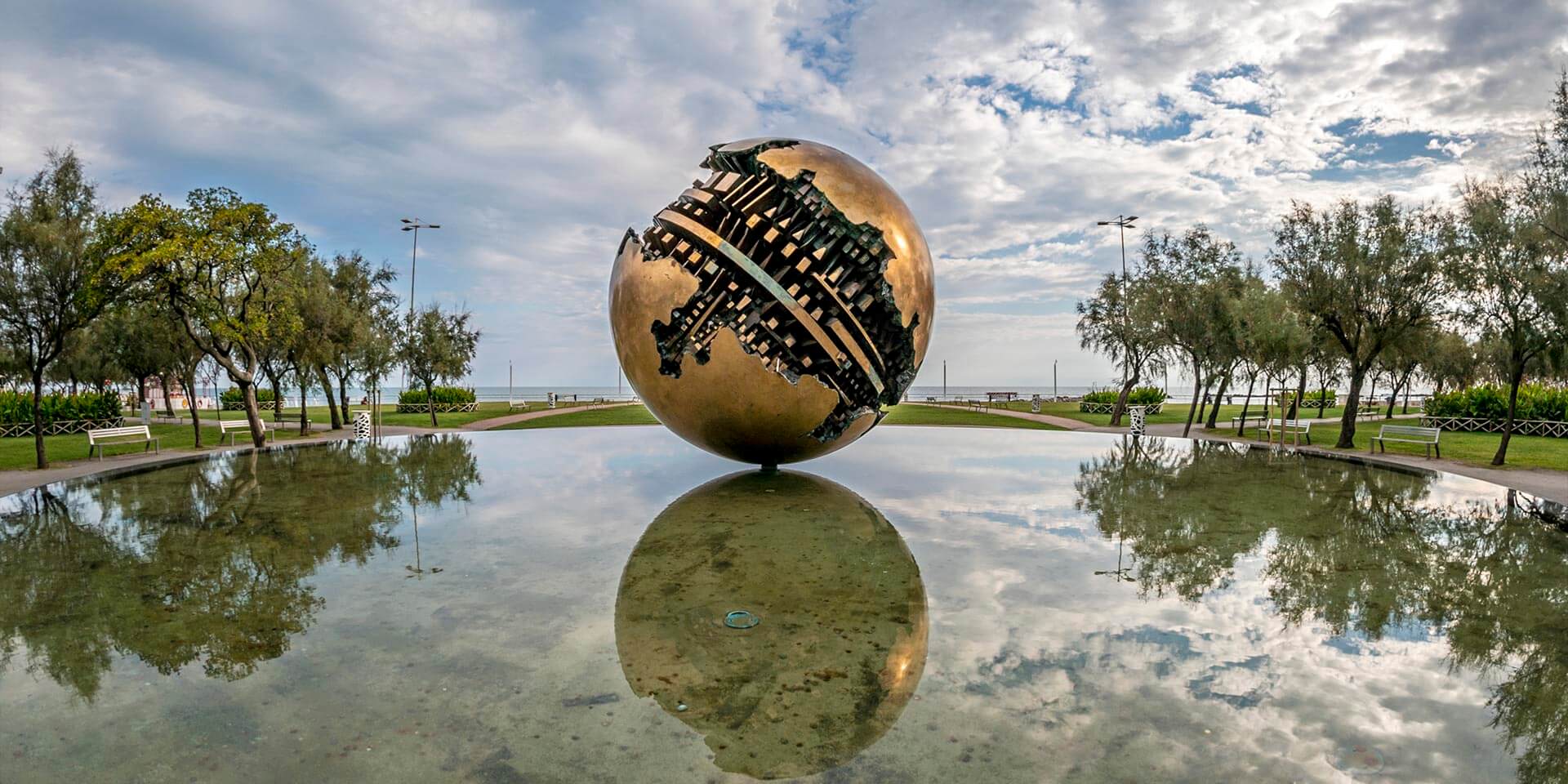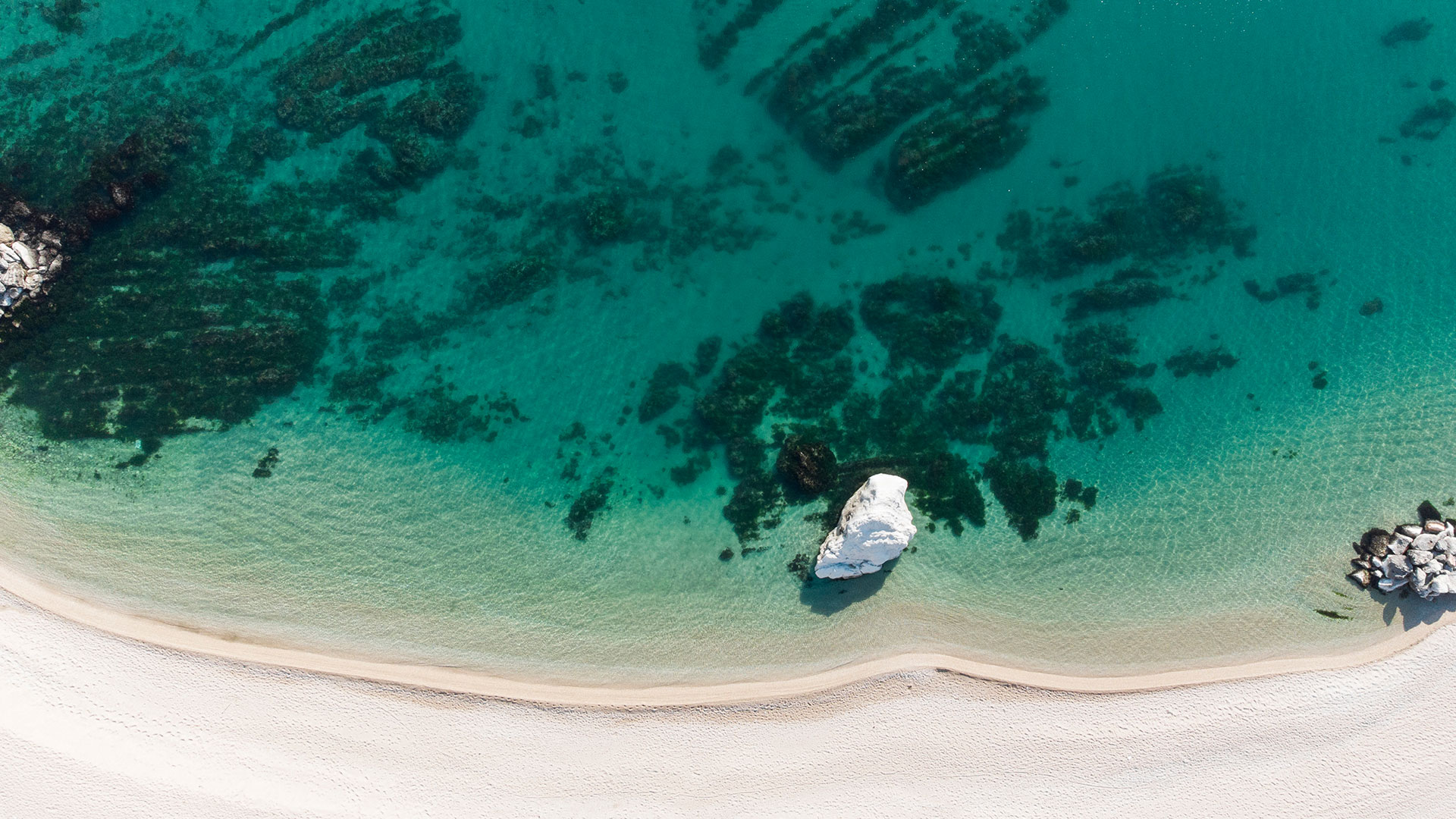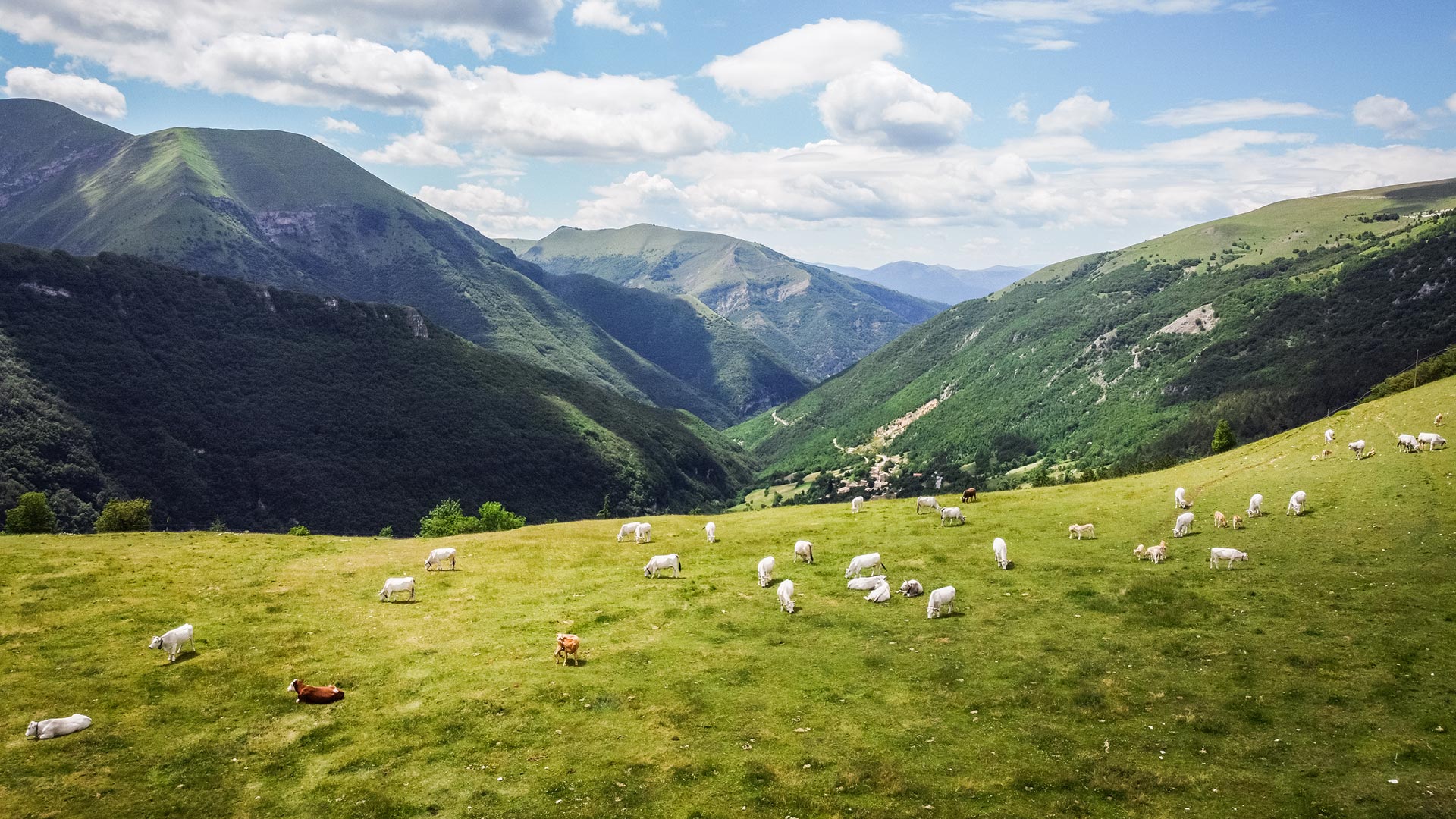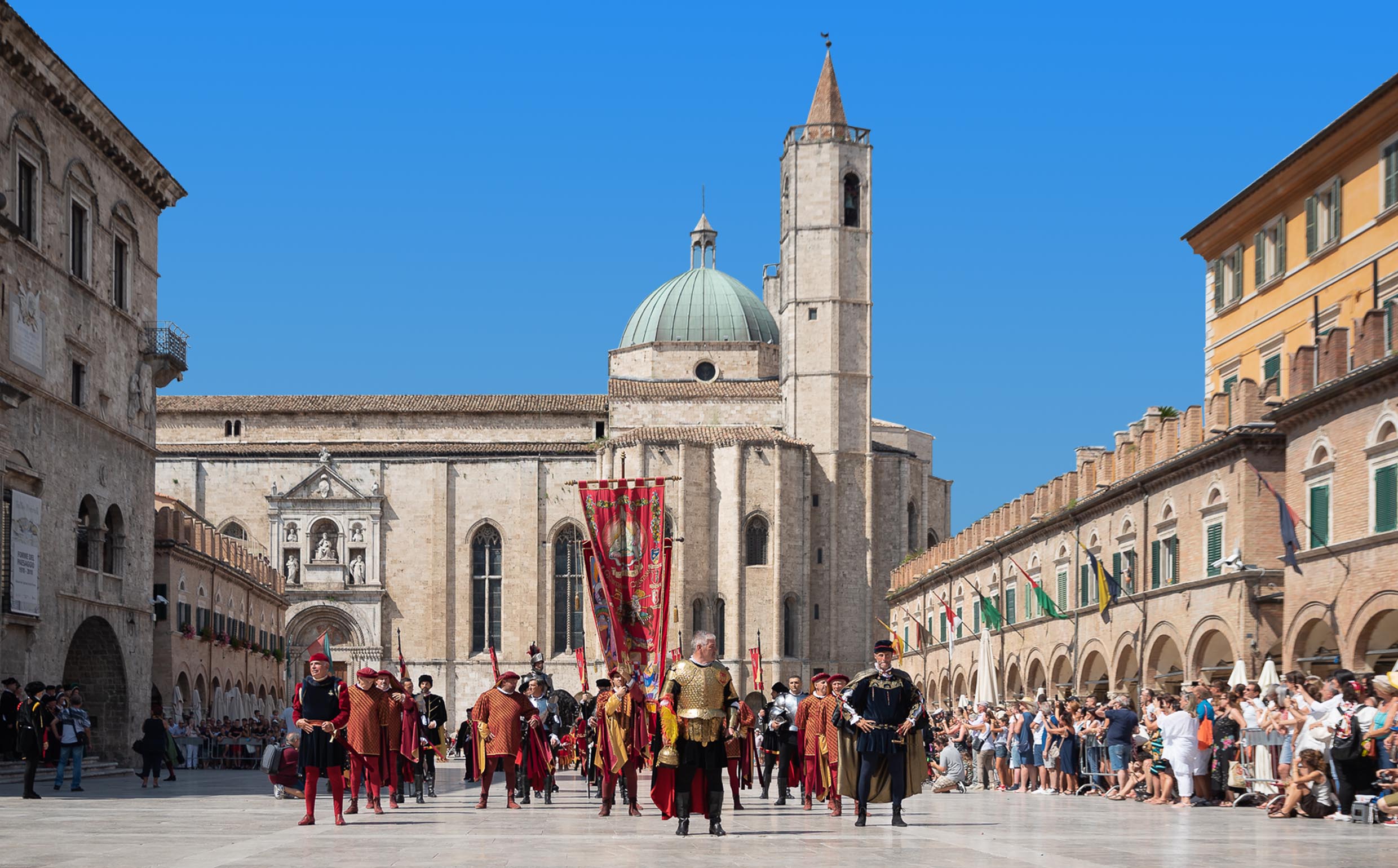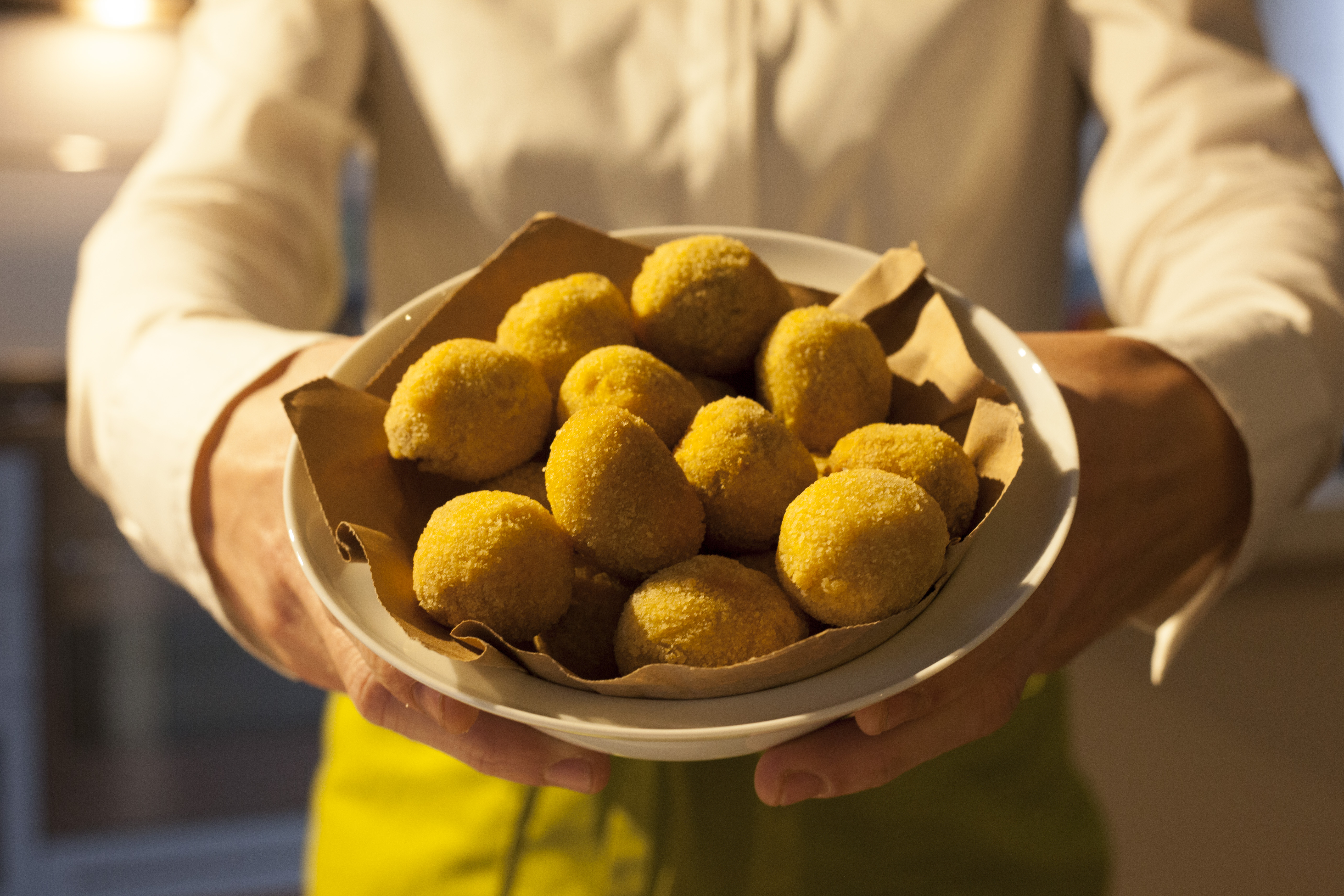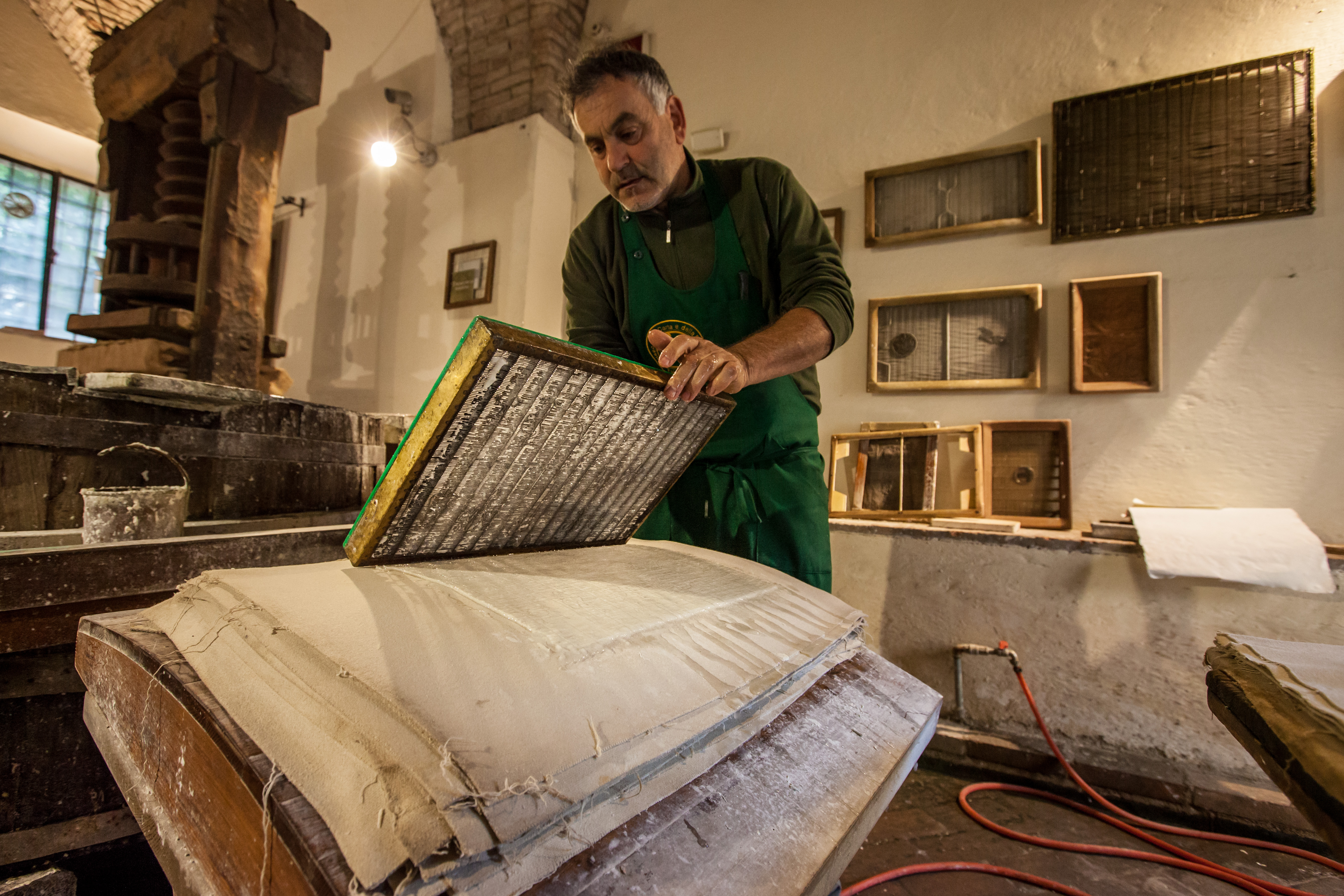Pesaro - Marche Tourism
Back Pesaro
Pesaro
Pesaro is an attractive seaside resort, a thriving fishing port and an important manufacturing centre; it is crossed by the Foglia river and is situated between two hills: Mount Ardizio and Mount San Bartolo (which gives its name to the Monte San Bartolo Natural Park).
Pesaro boasts seven kilometers of sandy beach; some of them are free and some equipped with beach resorts. There's a wide range of accommodation facilities, like hotels, holiday farms, B&B, camping resorts, apartments - for a total amount of almost 11,000 lodgings. Pesaro welcomes visitors warmly; a special care is given to families and children. Since 2010 Pesaro has been hosting the Night festival of children, with music, plays, exhibitions, shows; further educational activities, including public readings on the beach, organized by Baia Flaminia Library, are dedicated to children. Due to the peculiar shape of the territory, characterized by a narrow and sandy coast to the south, and by the San Bartolo and Ardizio uplands to the opposite side, you can find beach resorts close to the hotels and the town centre, and little bays. There are several biking trails: “Bicipolitana” is an itinerary for bikers, connecting several parts of the town. Trails are marked by specific signs and lines painted with different colors. The Pesaro-Fano biking trail runs south along the coast, up to Fosso Sejore. The pedestrian and biking “Umberto Cardinali” trail flanks the Foglia river and leads to the discovery of the local flora and fauna.
The most remarkable religious buildings are: the Cathedral, built on the remains of a late Roman building, which boasts an interesting mosaic floor; the Church of St. Agostino, with its remarkable Venetian Gothic portal ; the Sanctuary of the Madonna delle Grazie, built in the thirteenth century by the Malatesta family and rebuilt in Baroque style. The most important monuments and museums are: the fifteenth-century squared Rocca Costanza, surrounded by a wide moat, formerly used as a prison; the Ducal Palace, now seat of the Prefecture, built by Alessandro Sforza in the second half of the fifteenth century; the Oliveriano Archaeological Museum and the Civic Museums (including the Art Gallery with Giovanni Bellini’s masterpiece, Coronation of the Virgin, and the Museum of Ceramics). The city was once noted for its ceramic workshops that turned out the brightly painted earthenware known as majolica. Here you can browse through one of Italy's finest collections of Renaissance and baroque pottery, much of it striking for its spontaneous, almost modern, use of colour and design. Rossini's House, the modest house where Italy's great opera composer Gioachino Rossini was born in 1792, is now a small shrine/museum dedicated to the composer. The annual Rossini Opera Festival in August has earned a world-wide reputation for performing works from his large repertoire of bel canto operas. Maritime history is well documented by the Washington Patrignani Museum. A striking contemporary sculpture is the "Palla di Pomodoro”, a bronze sphere realized in 1998 by sculptor Arnaldo Pomodoro. Villino Ruggeri is one of the city's most flamboyant buildings: this heavily stuccoed confection is one of the finest examples of the Italian Liberty style that swept the Adriatic Riviera at the turn of the 20th century; not far from Pesaro, in the Colle San Bartolo area, is Villa Imperiale, a splendid Renaissance villa. In the Mount San Bartolo Park, must see attractions are Casteldimezzo, Fiorenzuola of Focara and Santa Marina Alta, picturesque villages overlooking Adriatic Sea. The most significant events taking place in Pesaro during the year include the already mentioned ROF (Rossini Opera Festival) , the International Festival of New Cinema, (Pesaro Film Festival), one of Italy's most important Summer Film festivals.




